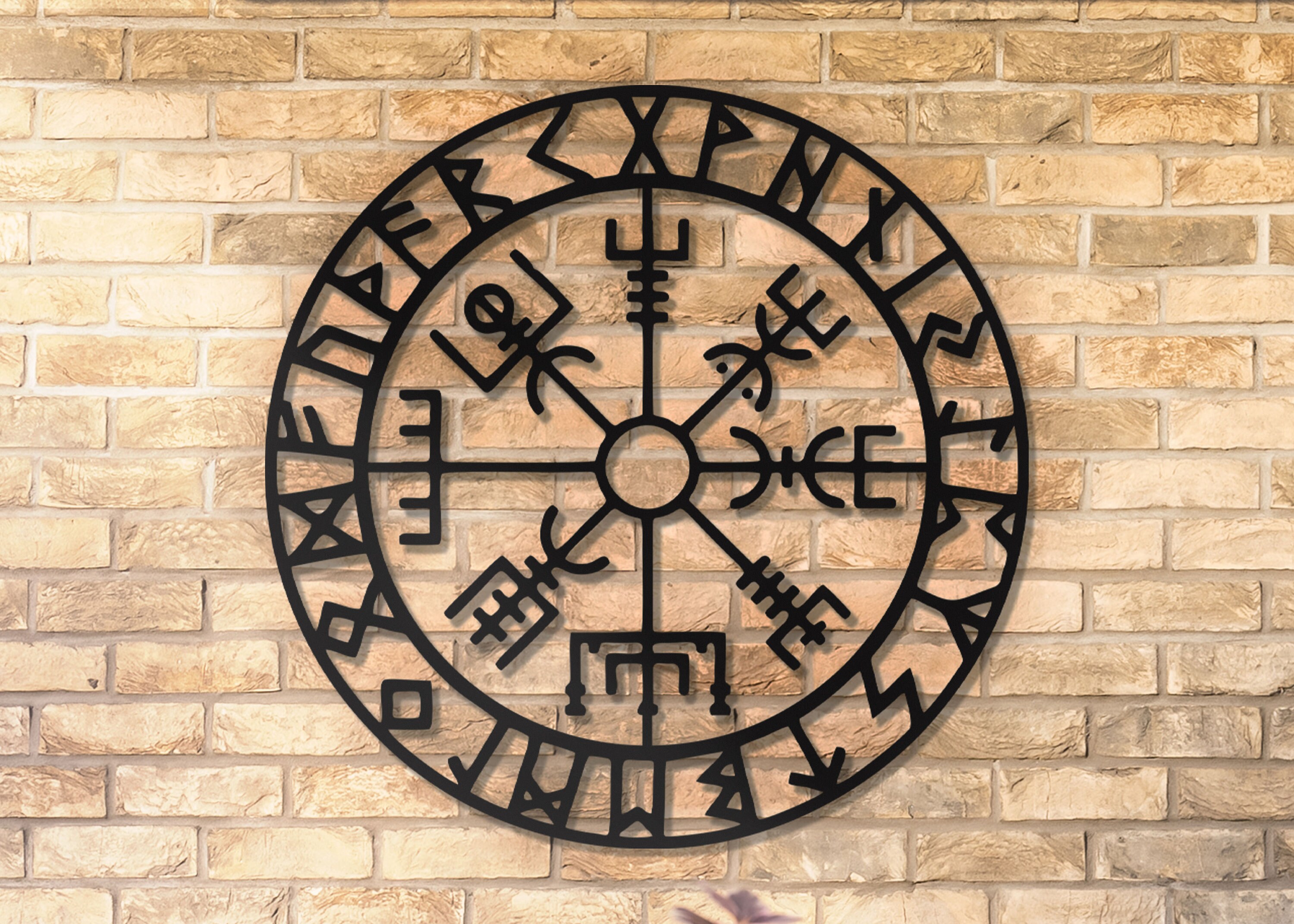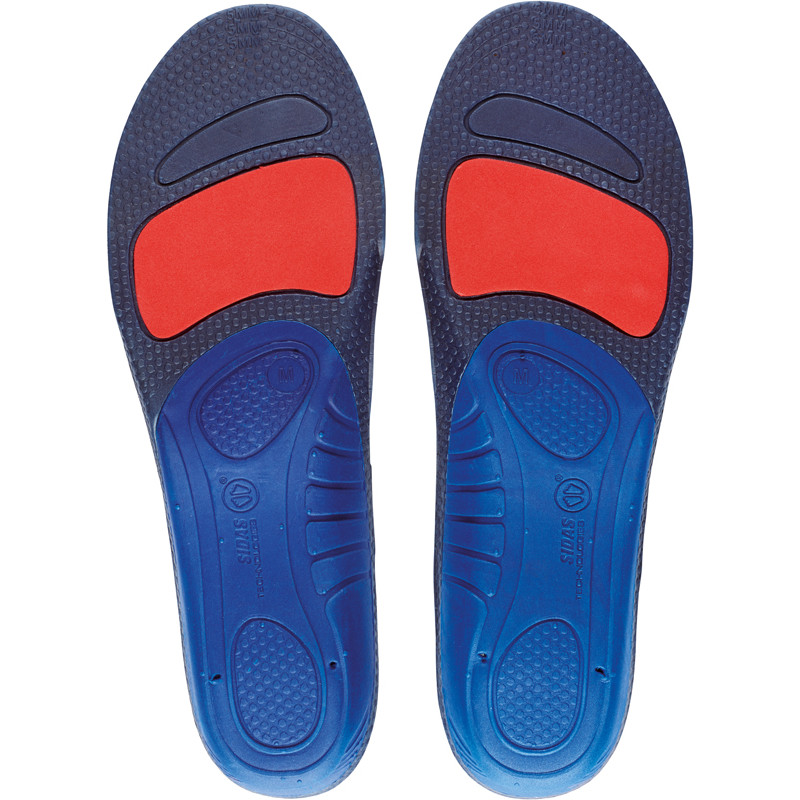
In September 2021, the region had over 27 million people. Uninhabitable icecaps and glaciers comprise about half of this area, mainly Greenland. The combined area of the Nordic countries is 3,425,804 square kilometres (1,322,710 sq mi). Danish is also taught in schools in Iceland. Swedish is a mandatory subject in Finnish schools and Danish in Faroese and Greenlandic schools. Danish, Norwegian and Swedish are considered mutually intelligible, and they are the working languages of the region's two political bodies. Most Nordic languages belong to North Germanic languages, Finno-Ugric languages and Eskimo–Aleut languages. Īlthough the area is linguistically heterogeneous, with three unrelated language groups, the common linguistic heritage is one factor that makes up the Nordic identity. Then, following the Protestant Reformation, the main religion became Lutheran Christianity, the state religion of several Nordic countries. This gave way first to Roman Catholicism after the Christianisation of Scandinavia. Historically, the main religion in the region was Norse paganism. North Germanic peoples, who comprise over three-quarters of the region's population, are the largest ethnic group, followed by the Baltic Finnic Peoples, who comprise the majority in Finland other ethnic groups are the Greenlandic Inuit, the Sami people and recent immigrants and their descendants.

There is a high degree of income redistribution, commitment to private ownership and little social unrest. This includes a mixed market economy combined with strong labour unions and a universalist welfare sector financed by high taxes, enhancing individual autonomy and promoting social mobility. Still, they share aspects of the Nordic model of economy and social structure to varying degrees. Each country has its own economic and social model, sometimes with large differences from its neighbours.

The Nordic countries cluster near the top in numerous metrics of national performance, including education, economic competitiveness, civil liberties, quality of life and human development. Since 1962, this cooperation has been based on the Helsinki Treaty that sets the framework for the Nordic Council and the Nordic Council of Ministers. With the dissolution of the union between Norway and Sweden (Norwegian independence), the independence of Finland in the early 20th century and the 1944 Icelandic constitutional referendum, this movement expanded into the modern organised Nordic cooperation. The Scandinavist movement sought to unite Denmark, Norway and Sweden into one country in the 19th century. They have a long history of political unions and other close relations but do not form a singular entity today. The Nordic countries have much in common in their way of life, history, religion and social structure. It includes the sovereign states of Denmark, Finland, Iceland, Norway and Sweden the autonomous territories of the Faroe Islands and Greenland and the autonomous region of Åland.

'the North') are a geographical and cultural region in Northern Europe and the North Atlantic. The Nordic countries (also known as the Nordics or Norden lit.


 0 kommentar(er)
0 kommentar(er)
